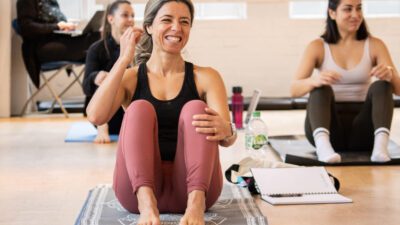
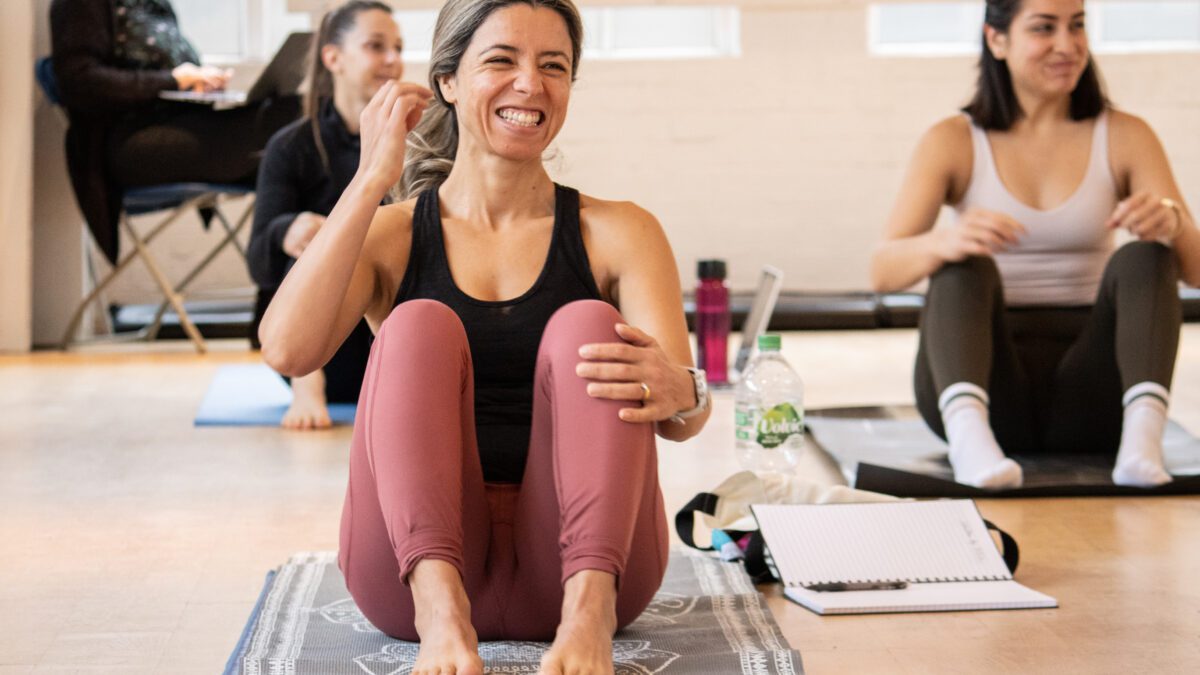


“Physical fitness is the first requisite of happiness” Joseph Pilates
In modern society, several factors can lead to stress and anxiety: pressures at work, juggling responsibilities, and the general feeling of becoming overwhelmed with everything that is happening in the world.
One of the best ways to give yourself a break and relieve this pressure is to focus on your breathing and being truly present; and what better way than to practice the mindful exercise of Pilates?
Practising Pilates just three times per week will allow you the opportunity to clear your thought process and release any built-up tension. Pilates is a mind-body discipline, where your attention needs to be in the present moment, focusing on the exercises and their instruction to ensure precision and quality of movement.
Take some time out of your day to learn our top 5 reasons Pilates can aid in stress relief and our recommended exercises to boost mobility, calm your breathing, and help you focus on allowing yourself to have a better level of mindfulness.
This blog will cover:
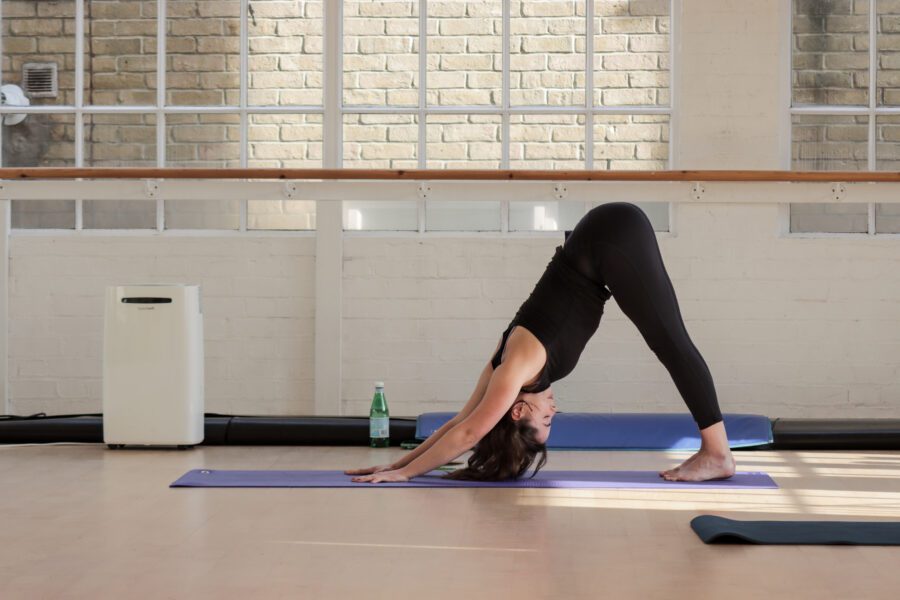
We all know that exercise is good for you physically and that taking some time to work out can relieve built-up tensions as you focus on making your body and mind stronger. But did you know that studies performed by researchers at the University of Illinois at Urbana-Champaign have shown that mindful exercises improve brain function the best over aerobic exercise?
Some key reasons why Pilates is an excellent all-round body-mind conditioning tool are:
For the best results to aid in relaxation, perform exercises with slow, controlled movement synchronising the breath. Each repetition of the movement is performed with flow and precision, paying attention to the detail of your technique, fully submersing your thought process in practice. You can also use soothing background music to enhance the flow.
All the information presented can be further explored by following the links to the references at the end of the page
Start by lying supine, lengthening through the spine whilst relaxing the shoulders; your pelvis is neutral. Engage your centre.
Perform 6-8 repetitions
Each part of the exercise flows into the other seamlessly with the breath. Imagine that the vertebrae are embedded into a memory foam mattress one at a time as you return to the start position. Take your time; concentration and precision are key.
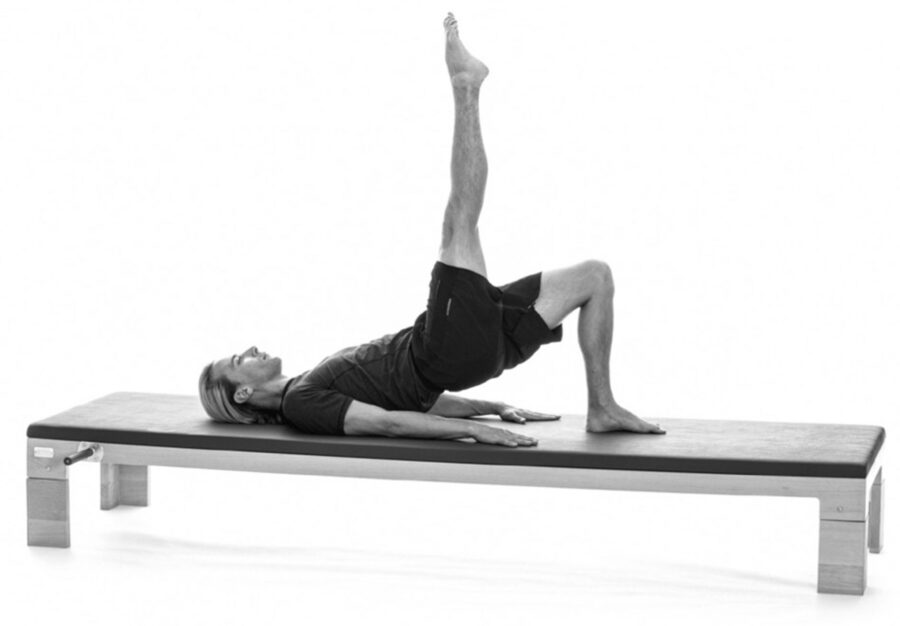
Resume the supine set-up position.
Repeat for a maximum of 10 breaths (100 pumps, hence the name The One Hundred!)
Your focus will be on the breath, concentrating on a strong static position and managing repetitions.
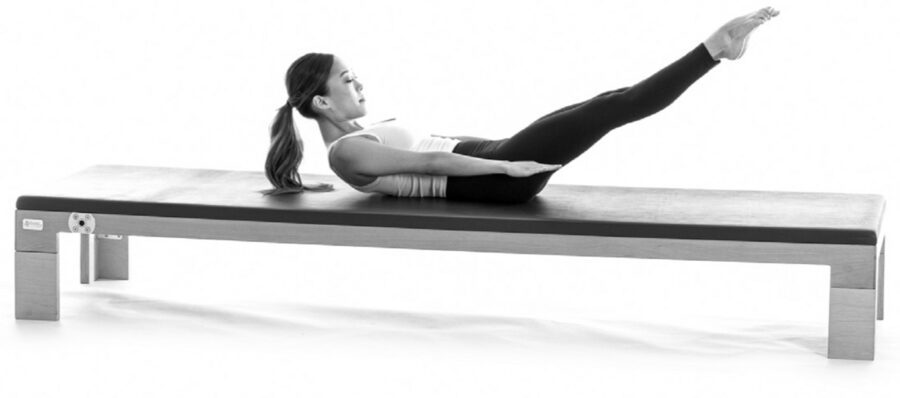
Resume the supine set-up position.
Perform five circles in one direction and then five in the other before changing legs. If control is compromised, reduce the range of movement of the circle. Lengthen through the working leg, imagining a beam of light glowing out of the toes.
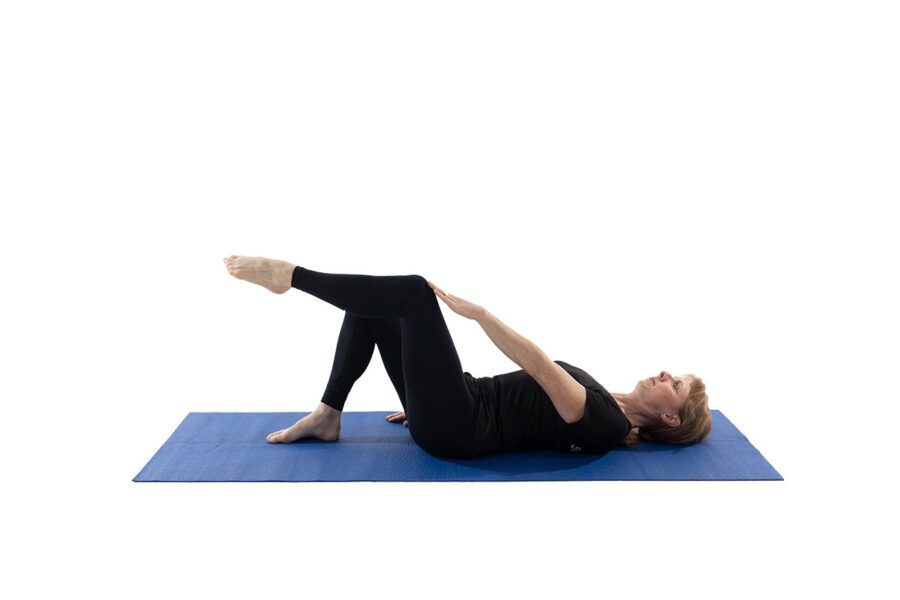
Transition into a side-lying position with your head resting on a block or towel, your arms stretched out in front of you, and your knees bent.
Repeat 5 on each side. Only rotate as far as mobility will allow; keep the movement continues with the breath.
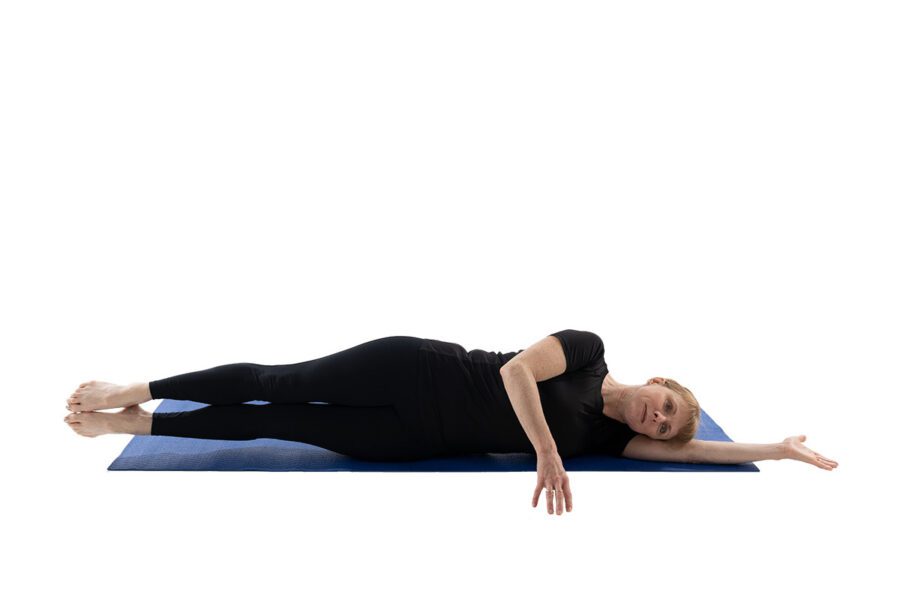
Lie in a prone position with the arms bent at 90-degree angles on either side of the head. Engage your core and lengthen through the neck. You can rest your forehead on a block or towel if required.
Repeat 6-8 repetitions
Concentrate on length rather than height. You can hover the arms from the floor if you want to move into a strength exercise for further variety. Try turning the toes in slightly to switch off the muscles in the lower body. Now transition to perform chest opener on the other side.
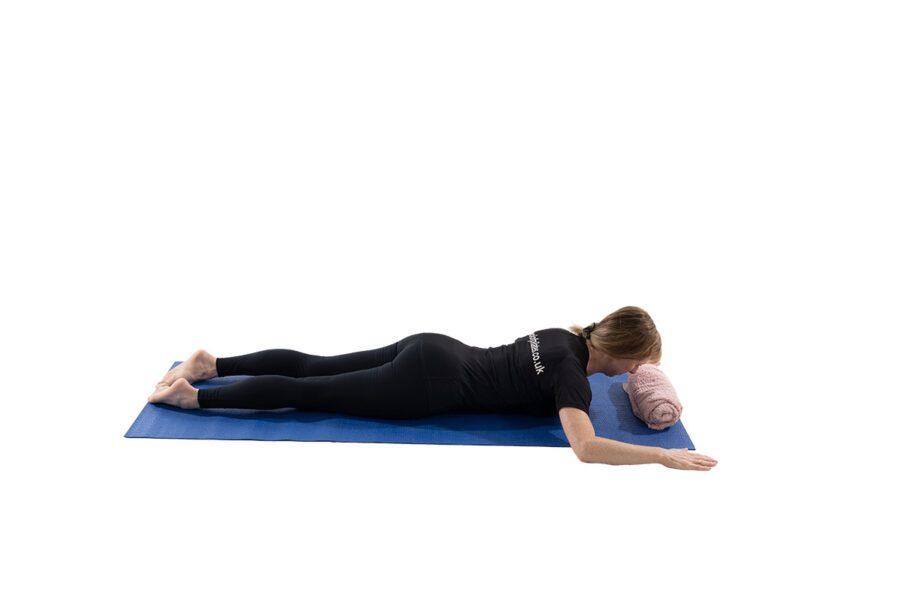
Allow yourself the time to focus on yourself and your well-being and see the benefits that reduced stress levels can bring. As Joseph Pilates himself says:
“Pilates is the complete coordination of body, mind and spirit”
References:
Christian Nordqvist (2013) ‘Yoga Improves Brain Function More Than Aerobic Exercises’ Medical News Today [online] available at: https://www.medicalnewstoday.com/articles/261667
Marcus Herbert (2014) ‘Resilience | How stress affects your body and brain’ Nuffield Health available at: https://www.nuffieldhealth.com/article/resilience-…
Pilates Bridge ’12 Scientifically Proven Benefits of Pilates for Your Peace of Mind’ Available at:https://pilatesbridge.com/12-scientifically-proven…
Serenity Addiction Centres (2020)’Pilates For Recovery From Drug & Alcohol Addictions’ https://www.rehabclinic.org.uk/holistic/pilates/
Healthwise Staff (2015)’Stress Management: Breathing Exercises for Relaxation’ University of Michigan Medicine Available at:https://www.uofmhealth.org/health-library/uz2255#:~:text=Breathing%20exercises%20can%20help%20you,to%20calm%20down%20and%20relax.
Club Pilates,https://blog.clubpilates.com/joseph-pilates-quotes